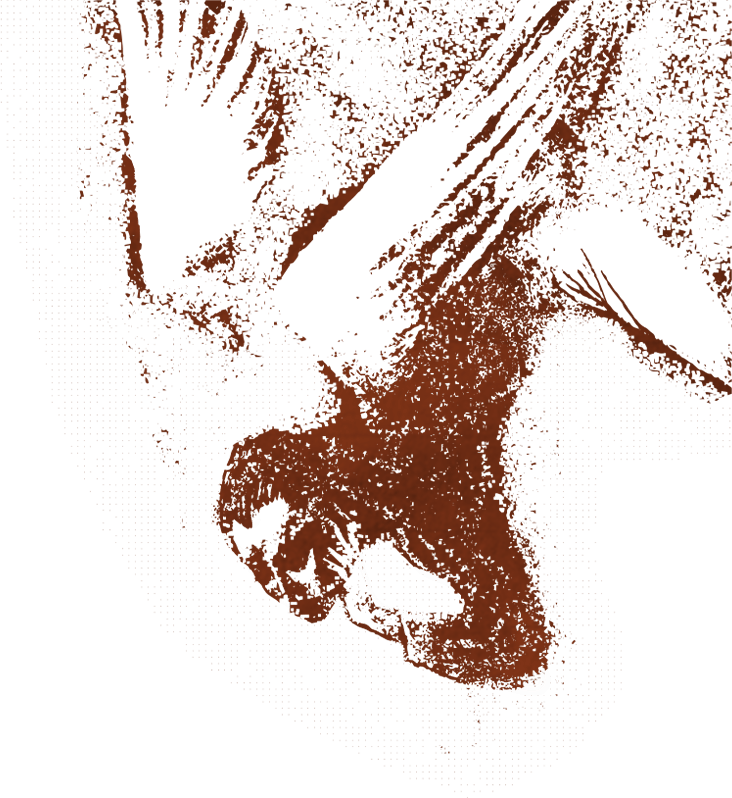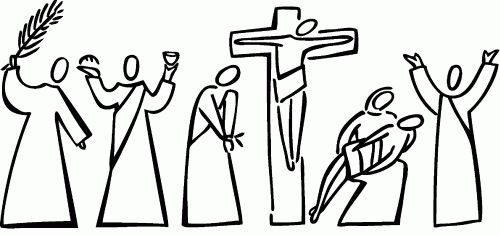by Ken Sehested
Introduction: On 27 November 2005 a group of four members of Christian Peacemaker Teams (CPT) were kidnapped by a jihadist group following a meeting in a mosque in Baghdad, Iraq. One of the four was a personal friend, Norman Kember, a 74-year-old  peace activist from England. I wrote the reflection below the next day. Having traveled in Iraq twice, once with CPT shortly before the 2013 US invasion, I took the news pretty hard.
peace activist from England. I wrote the reflection below the next day. Having traveled in Iraq twice, once with CPT shortly before the 2013 US invasion, I took the news pretty hard.
Right. CPT kidnap victims (l-r): Tom Fox from the US, Norman Kember from the UK, and Canadians James Loney and Harmeet Singh Sooden.
I NEARLY GAGGED ON MY GRANOLA when I saw your name, about 10 paragraphs into a story summarizing the weekend’s violent episodes in Iraq. Having been among the references for your application some months ago to join the delegation, I knew, but had almost forgotten, you were there.
Read more ›

 followed by hiking in Arches National Park in Utah. (You’ll be jealous when you view these
followed by hiking in Arches National Park in Utah. (You’ll be jealous when you view these  unity’s Passion Week, a countersign—the Promise embedded within the Passion—can be discerned. History, despite its bloodied face, is not fated; and we, among history’s actors, need not abandon the field in hopes of a private realm of bogus atonement detached from fleshly circumstance.
unity’s Passion Week, a countersign—the Promise embedded within the Passion—can be discerned. History, despite its bloodied face, is not fated; and we, among history’s actors, need not abandon the field in hopes of a private realm of bogus atonement detached from fleshly circumstance.